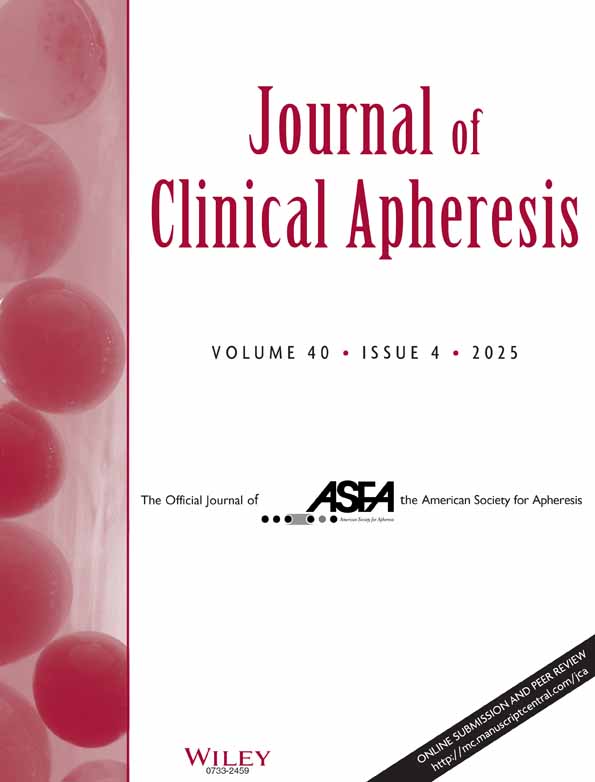Direct hemoperfusion using a polymyxin B immobilized column improves acute respiratory distress syndrome
Abstract
Acute respiratory distress syndrome (ARDS) is characterized by a high mortality rate. We have studied whether direct hemoperfusion using a polymyxin B immobilized fiber column (PMX-DHP) is effective for acute lung injury (ALI) and ARDS. Two ALI and eighteen ARDS patients were evaluated, four congestive heart failure (CHF) patients were evaluated as cardiogenic pulmonary edema, and we retrospectively compared the outcome with ten patients with ARDS who had been hospitalized between 1990 and 1998 as the untreated group. PMX-DHP was carried out twice at a rate of 80–100 ml/minute for 2 hours, with a time interval of approximately 24 hours. We monitored systolic blood pressure (BP), diastolic BP, and the PaO2/FIO2 (PF) ratio before and after PMX-DHP treatment. The mortality was classified if patients were alive at day 30 after initiating PMX-DHP. The mortality of ARDS patients was approximately 20%. Systolic BP increased significantly from 106 ± 20 to 135 ± 21 and to 125 ± 20 mmHg on the following day. Diastolic BP increased from 61 ± 16 to 78 ± 15, and to 72 ± 12 mmHg. The PF ratio increased significantly from 125 ± 54 to 153 ± 73, and 163 ± 78 Torr. CHF patients did not reveal improvement of systolic, diastolic BP, and PF ratio after PMX-DHP. Eight of ten patients in the untreated group died through exacerbated ARDS. In ARDS patients, PMX-DHP improved circulatory disturbance and oxygenation despite the underlying diseases. The mortality improved compared with that before induction of PMX-DHP. J. Clin. Apheresis 17:97–102, 2002. © 2002 Wiley-Liss, Inc.




